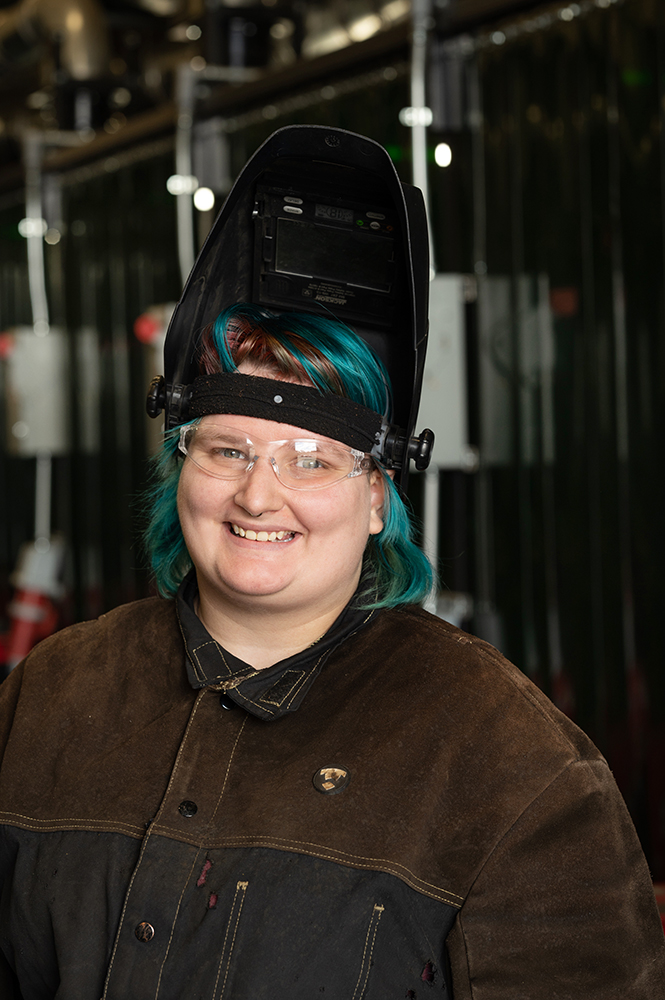
It’s hard to miss the rising star of blue-collar work in this world reshaped by a pandemic and advancements in artificial intelligence (A.I.). Anyone struggling to hire a plumber, a carpenter or other tradesman since 2020 has seen the effects of this first-hand. Previously overlooked as somehow ‘less than’ white-collar jobs, blue-collar work has become a beacon of resilience and growth, sustaining the economy amidst major layoffs in the tech industry, as reported by Business Insider.
The reason for this is clear: blue-collar roles, which are often hands-on, technical, and require plenty of problem-solving skills, resist replacement by automation or outsourcing. They are firmly rooted in the physical world, characterized by their tangibility and practicality.
This sense of authenticity and grit is what continually draws me to photograph people who work with their hands. There’s a strong sense of narrative within these images, both of resilience and tenacity. I am inspired by their skill, focus, and commitment to doing the job right.
My goal is not merely to capture an image, but to pay tribute to the meticulous nature of blue collar work and its practical impact on our daily lives. Whether it’s the skilled hands of a carpenter shaping a piece of furniture, or the attentive gaze of a mechanic resurrecting an old car, each image tells a story of profound usefulness and necessity.
In our post-pandemic world, tradespeople are more than just workers. They are keepers of a time-honored tradition of skilled American labor. Their work stands as a testament to our collective ability to adapt, persevere, and endure.



